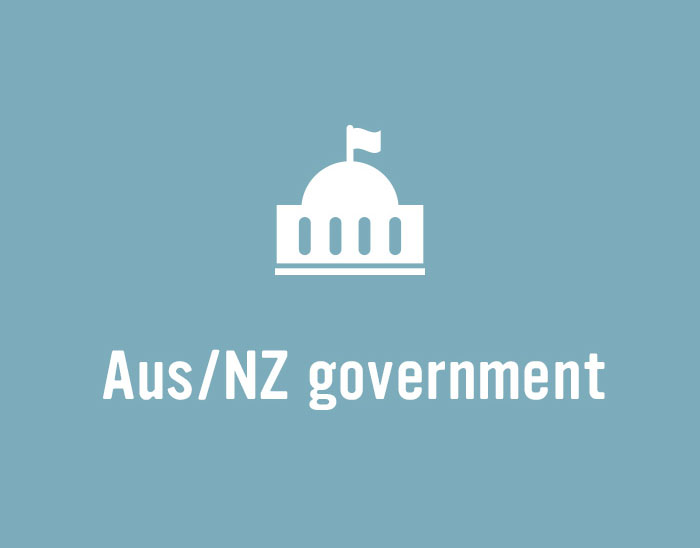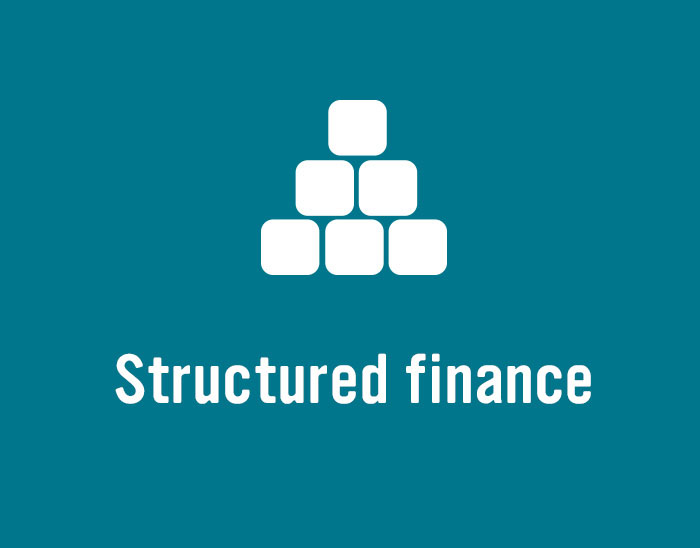
News

Primary deals are now possible in the Australian securitisation market as a result of government support. Attention is turning to what effect the COVID-19 fallout might have on new and existing residential mortgage-backed securities (RMBS) pools.

On 1 April, New Zealand Debt Management (NZDM) increased its New Zealand Government Bond (NZGB) programme to NZ$25 billion (US$14.9 billion) for the 2019/20 financial year, an increase of NZ$12 billion from the update given on 17 March. The revised funding requirement is due to the additional fiscal impacts of COVID-19.

The Australian Office of Financial Management (AOFM) has revealed further details for securitisation issuers seeking to access its structured finance support fund (SFSF). The 31 March announcement includes guidelines on how to engage the AOFM for expressions of interest.

The swift entry of the Australian Office of Financial Management (AOFM) into the securitisation market added confidence to Firstmac’s return to new issuance and facilitated an upsized transaction. The issuer says it also retained third-party investor engagement from before the COVID-19 related shutdown of new issuance in Australia, though only a smaller deal would have been possible without government support.

The Reserve Bank of New Zealand (RBNZ) has added a corporate and asset-backed securities (ABS) funding facility to the suite of operations it is implementing to improve domestic liquidity conditions amid COVID-19 related volatility.

As the world scrambles to battle the COVID-19 pandemic, markets are tasked with sorting out how measures to fight the virus will affect economies and finding their best path forward. A panel of market participants from New Zealand, convened via teleconference, agree the country is in a better position than almost anywhere but acknowledge that the outsized influence of global markets on the local economy – and the scale of economic support programmes – make for a precarious future.

The Reserve Bank of Australia (RBA) extended its purchasing programme into semi-government bonds on 25 March. Despite the RBA buying across the sector, however, most semi-government yields ended the day wider.

The early signs for the Reserve Bank of Australia (RBA)’s asset purchasing have been positive, analysts say, and three-year government bond yield is already heading towards its target. The reserve bank has also begun buying further out along the curve. Attention is focused on longer-dated performance, along with potential semi-government bond purchases.

On 23 March, KangaNews hosted a live dial-in featuring some of the leading market economists covering Australia. It was the same illustrious panel that was to be a highlight of the KangaNews Debt Capital Markets Summit – which had been scheduled for the same day. In a rapidly changing world, the economists provided insight into a unique and vast, but practically unquantifiable, risk.

The Reserve Bank of New Zealand added its voice to the global chorus of central banks implementing unconventional monetary policy measures with the launch of a large-scale asset purchase programme on 23 March. This is designed to reverse tighter funding conditions from the COVID-19 crisis.

The Australian Office of Financial Management released further details on March 20 about its A$15 billion (US$8.8 billion) fund to support authorised deposit-taking institutions (ADI) and nonbank lenders via purchases of asset-backed securities. The AOFM revealed it would “provide support primarily (but not exclusively) within the non-ADI market”.

The Reserve Bank of New Zealand (RBNZ) has introduced a range of new measures to ensure the smooth functioning of financial markets. The measures, announced on 20 March, are aimed at keeping short-term interest rates low amidst the COVID-19 crisis.
